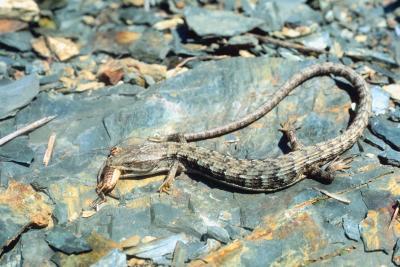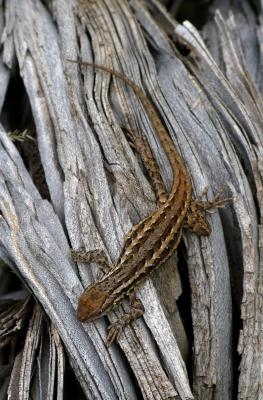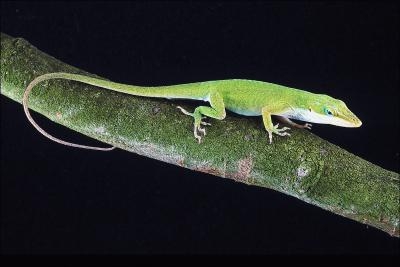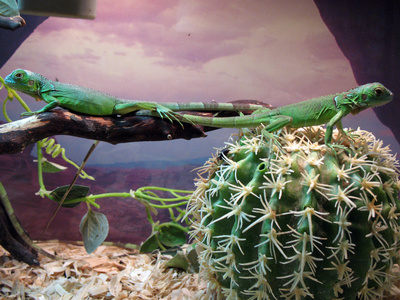
How to Tell if a Blue-Tongued Lizard Is Happy. Gentle, sweet-natured and very intelligent, the blue-tongued lizard is a native to Australia and has very recently gained popularity as a household pet. These lizards tend to live up to 20 years and adapt very easily to humans. Whether they are hanging around your backyard or living in a cage in your home, blue-tongued lizards are generally very happy reptiles that are not easily provoked. However, there are ways to tell that your blue-tongued lizard is happy in his home, from his feeding habits to how he interacts with you.
Know where your lizard comes from. Wild "caught" lizards are generally unhappy. While these lizards do adapt easily to humans, that does not mean they are necessarily happy. Deciding to keep a caught lizard will ensure that they are not happy. When purchasing a blue-tongued lizard from the pet store, be sure you know how that lizard got there. Ask questions about the lizard and avoid buying a lizard that does not respond well to human contact. Chances are, if they do not respond well from the beginning, they will never respond well.
House your pet correctly. Small cages and terrariums are not healthy for blue tongued lizards. A 40- to 60-gallon terrarium is the smallest size you should get for your lizard. Never keep two lizards in the same terrarium. Should you house two lizards in the same place, you will notice that they become aggressive and often fight. This is a sign that your lizards are not happy. Incorporate plenty of hiding and basking areas into the terrarium. Blue-tongued lizards love digging, burrowing and basking. A cool spot in the cage ensures that your lizard does not overheat.
Take notice of whether your lizard explores. Happy blue-tongued lizards enjoy exploring their environment. They are a very curious species of lizard that gets enjoyment out of discovering something new. Blue-tongued lizards that seem to have no interest in exploring or just lay in their cage all the time are typically not happy. While the blue-tongued lizard is a lazy reptile and does lay around, it is not healthy for this to be a constant state for the lizard.
Hold the lizard correctly. Improper handling of the lizard will only make him unhappy. Supporting the entire body makes your lizard feel safe and secure, while only supporting part of the body causes the lizard to panic.
Look for signs of distress or unhappiness. Improperly fed, housed or cared-for lizards become depressed just like humans. They may appear sluggish or may even lash out at you when you attempt to handle them. Always monitor their feeding habits and cage cleanliness. The more you interact with blue-tongued lizards, the happier they will be.
 Food for an Alligator Lizard
Food for an Alligator Lizard
Food for
Food for an Alligator Lizard
Food for an Alligator Lizard
Food for
 How to Trap a Small Lizard
How to Trap a Small Lizard
How to Trap
How to Trap a Small Lizard
How to Trap a Small Lizard
How to Trap
 How to Take Care of a Florida Lizard
How to Take Care of a Florida Lizard
H
How to Take Care of a Florida Lizard
How to Take Care of a Florida Lizard
H
 Which Lizards Are Native to Alabama?
Which Lizards Are Native to Alabama?
W
Which Lizards Are Native to Alabama?
Which Lizards Are Native to Alabama?
W
 Natural Habitat of a Lizard
Natural Habitat of a Lizard
Natural Ha
Natural Habitat of a Lizard
Natural Habitat of a Lizard
Natural Ha
Copyright © 2005-2016 Pet Information All Rights Reserved
Contact us: www162date@outlook.com